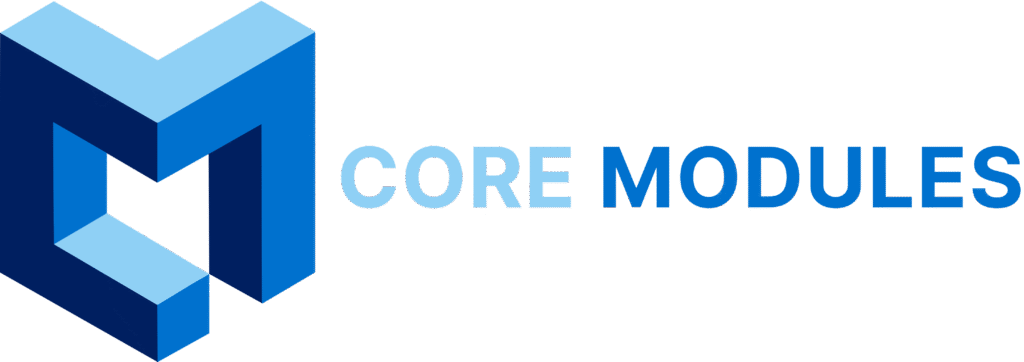Custom Order Management & Workflow Digitization for a Textile and Apparel Manufacturer in Tiruppur, Tamil Nadu
—referredCompany Name: (Confidential—referred to as “TexFab”)
Industry: Textile & Apparel Manufacturing (Knitwear for exports)
Size: ~300 employees
Annual Turnover: ₹110 crores
Location: Tiruppur, Tamil Nadu
Export Focus: Europe (France, Germany, UK), US market
Production Capacity: ~30,000 garments/day
Specialty: Organic cotton, sustainable manufacturing TexFab faced a growing need to digitize and streamline its order management, sampling, and production coordination processes due to increasing international buyer demand and stricter delivery SLAs. The company relied heavily on spreadsheets, email, and WhatsApp for internal communication and client coordination.
The Challenge
TexFab had grown rapidly over the past 6 years, but its internal systems hadn’t kept pace. Key issues included:
- Order Tracking Chaos: Each merchandiser managed buyer orders via Excel. Status updates were unclear, leading to missed deadlines.
- Poor Sampling Coordination: Sample development and approvals took 10–14 days on average due to back-and-forth emails
- Production Fragmentation: The company outsourced embroidery and printing to 7+ vendors—tracking was manual.
- No Central Dashboard: Senior management lacked real-time visibility across sampling, order confirmations, production, and shipment stages.
- Client Pressure: Buyers requested updates via email in standardized formats often unavailable in time.
The lack of workflow visibility and cross-functional coordination created friction, delays, and reputational risks with global clients.
Solution: Custom Web-Based Order & Workflow Management Platform
Objective: Build a centralized platform tailored to the specific operations of TexFab, focused on:
● End-to-end order visibility
● Workflow automation for sampling, production, QC
● Digital document sharing (sample approvals, BOMs, tech packs)
● Centralized dashboards for merchandisers, production heads, and leadership
Tech Stack Used
| Layer | Technology |
| Frontend | Vue.js |
| Backend | Laravel (PHP) |
| Database | MySQL |
| Hosting | DigitalOcean droplet-based deployment |
| APIs | WhatsApp Business API, Email triggers (SendGrid),Shipment tracking API |
| Integrations | Google Drive for document sync, Tally for invoicing |

Key Modules Developed
- Order Management System
○ PO-based order creation
○ Delivery timelines & alerts
○ Auto-synced buyer-wise status updates - Sampling Tracker
○ Track samples (1st proto, size set, PP sample, gold seal)
○ Upload comments, files, and photos
○ Integration with WhatsApp: Buyer comments are updated instantly - Vendor Production Portal
○ Embroidery/printing vendors can log order status
○ Upload delivery dates, sample photos
○ Auto-generated GRN (Goods Receipt Note) once the material arrives - Fabric & Trims Tracker
○ Purchase order to arrival status
○ Color-wise and GSM-wise data mapping
○ Alerts on short shipment or mismatch - QC Module
○ Digital QC checklist submission via tablets
○ Inline and final QC status linked to shipment timelines
○ Defect photo log with timestamps - Dashboard & Reports
○ Buyer-wise order status dashboard
○ Daily summary emails to top management
○ Weekly shipment calendar and delays report
Implementation Timeline
| Phase | Duration | Key Activities |
| Phase 1: Discovery | 3 weeks | Departmental workflow mapping, user interviews, business process docs |
| Phase 2: MVP | 2 months | Order tracker + sampling tracker + dashboard |
| Phase 3: Rollout | 1.5 months | Vendor portal + QC + shipment tracking |
| Phase 4: Refinement | ongoing | Integrations (Tally, WhatsApp), feedback-driven enhancements |

Business Impact After 9 Months
| KPI | Before | After | Impact |
| Sample Approval Turnaround | 10–14 days | 4–6 days | ↓ ~55% |
| Buyer Escalations | 6–8/month | 1–2/month | ↓ ~75% |
| On-Time Shipments | ~76% | 92% | ↑ ~21% |
| Average Email Response Time | 48+ hrs | <12 hrs | ↓ 75% |
| Garment Rejections (Vendor-Level) | 3.5% | 1.8% | ↓ 48% |
| Man-Hours Saved Monthly | – | 200+ hrs | Productivity boost |
| Revenue Impact | ₹2.5–₹3 Cr/year gain | Increased repeat orders from 3 buyers | – |
User Feedback & Organizational Culture Shift
● Merchandisers found the system saved them 1–2 hours/day by reducing redundant updates.
● Vendors appreciated the portal’s simplicity, enabling status updates via mobile.
● Buyers were impressed with faster responses and transparency, improving relationships.
● Top management used the dashboard in Monday meetings to evaluate order pipeline health.
The change also resulted in a cultural shift from reactive firefighting to proactive tracking
Lessons Learned
- Department-Led Design Works: Each module was prototyped with 1–2 lead users from the team, ensuring relevance.
- Offline to Online Transition Takes Time: Vendors needed WhatsApp-based login links for better adoption.
- Email Templates Matter: Auto-email updates to buyers in their required format saved time and improved communication.
- Onboarding Never Ends: Bi-monthly user refresh training helped sustain usage
Future Enhancements Planned
● AI-based shipment delay prediction
● BI dashboard for order profitability by buyer/style
● API sync with buyers using EDI format
● Voice note transcription for sample instructions
Conclusion
TexFab’s transition from a semi-digital, fragmented workflow system to a streamlined, centralized, and buyer-facing digital platform created enormous value not only operationally but reputationally. In an industry where “speed to sample” and “speed to ship” dictate business, TexFab gained a measurable competitive edge.
Their software journey illustrates how custom workflow platforms tailored to sector-specific realities can transform how Indian manufacturers operate and win
globally


